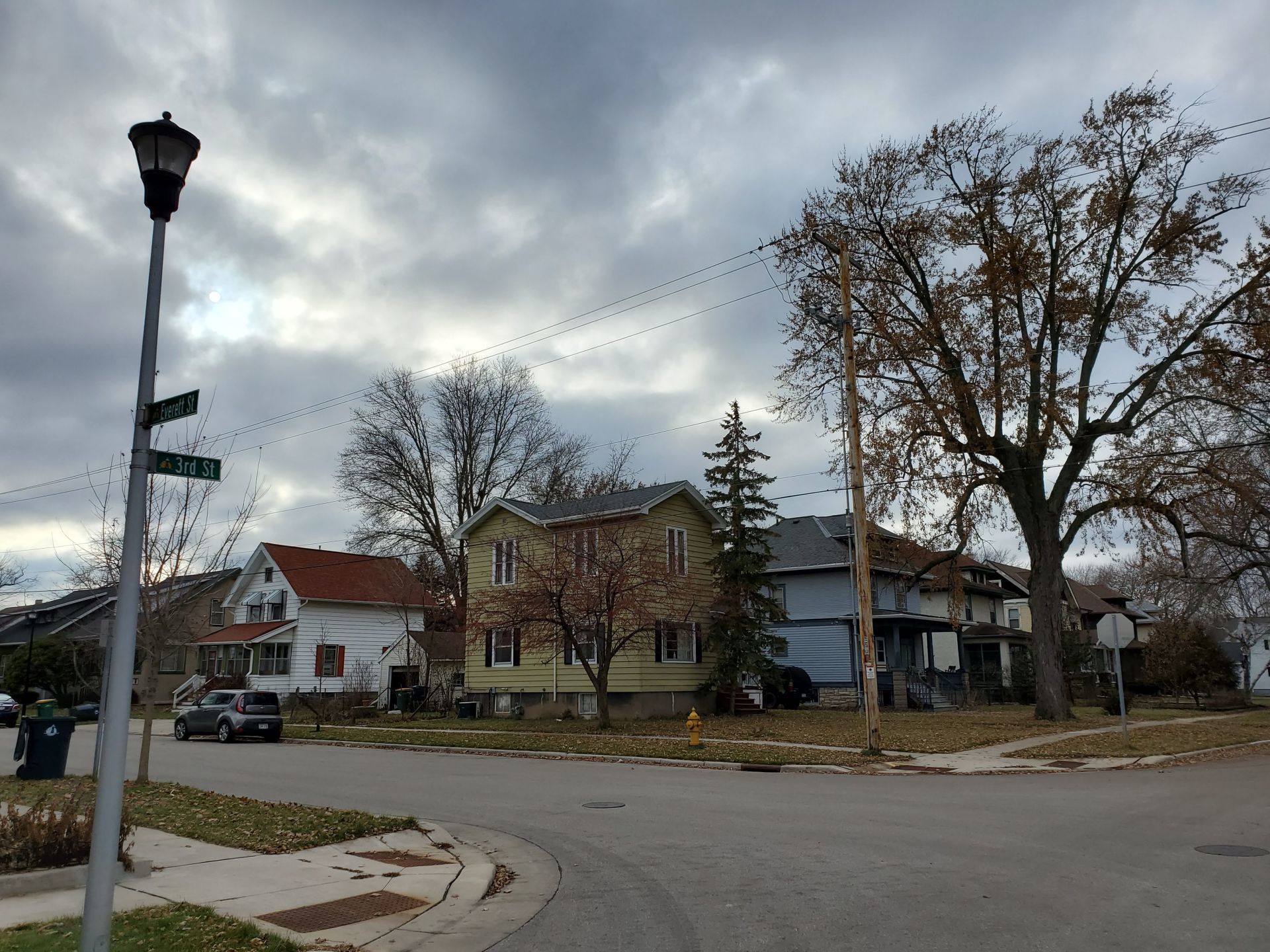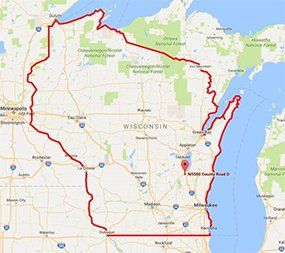How to Prepare Your Roof for a Storm
- By Karina Hueckman
- •
- 30 Jul, 2020
- •
Extreme weather is inevitable. Learn what you can do as a homeowner to minimize damage to your property's roof.

No matter where you live, extreme weather is guaranteed to sneak up on you and your home at one point or another. Hurricanes, tornadoes, hail and severe thunderstorms threaten the condition of your home’s roof. Heavy rain and strong winds are two popular culprits of roofing damage that can end up costing a lot to repair or replace. Nobody can control the weather, however there are 4 proactive ways to make sure your roof is as ready as possible to take on a storm.
1. Make sure your gutters are cleaned out. Nobody likes the long, boring process of cleaning gutters, but it's worth the hassle if it means saving you from a bigger pain down the road. Having leaves and other debris in your gutters during a storm is a bad idea, as this can clog your gutters from being able to drain rainwater. This extra weight can make your gutters vulnerable to breaking or falling. Keeping a free flowing path for water will also prevent standing water from pooling on your roof, which lowers the risk of leakage as well.
2. Trim overhanging branches near your home. Strong winds can rip off branches and blow them onto your roof. The amount of damage this could cause is unpredictable, depending on the size of branches, distance from the house and the severity of the storm. Stray branches can break windows, tear down gutters and fall on your house. Make sure to follow the standard rule stating branches should not be within 6 feet of your home. There are some instances where trees don’t have any business being in your yard, as they’re more of a liability than anything. Check out IKO’s take on signs that a tree is ill or unstable to see if a tree is hazardous to your property.
3. Identify and replace any missing or damaged shingles. It is likely that your home may have some missing or damaged shingles from previous weathering, so take a quick look to see if you should have any replaced before the storm. Missing shingles should be replaced to prevent leaking and water damage to your ceiling. It is a little harder to detect a damaged shingle that should be replaced. Look for shingle tabs that are curling, lifting, blistering or have loss of granulation, as this is a result of poor sealing or wind damage. Work with a local contractor to get your roof ready for storm season.
4. Be prepared to file an insurance claim if there is extensive damage. Aim to familiarize yourself with your insurance policy to help make a strong case for your claim. Everyone’s insurance is different, so making sure you know what type of coverage you have for your home is the first order of business. Roofing repairs or replacements can be expensive, so cutting down the cost through insurance can be crucial for many people. If you end up having to file a claim, it is helpful to document the damage to provide for your insurance. Before and after pictures may also strengthen your claim, so have a few on hand, especially if you’re living in an area where extreme weather is no stranger.
There is no magical plan to escape the wrath of mother nature, but there are ways to reduce the risk of anything happening or level of destruction to your property if it does. Following these steps will ensure that you’re in a better position to make it through a storm without damaging your roofing system. In the event that you need to move forward with maintenance after severe weather hits, reach out to your local roofing contractor to confirm you are receiving the best possible care for your home.














